BGS scientists work with United Nations to update hazard profiles
From tsunamis to sinkholes, the profiles provide a standardised, internationally agreed definition of hazards to support disaster risk management worldwide.
21/08/2025 By BGS Press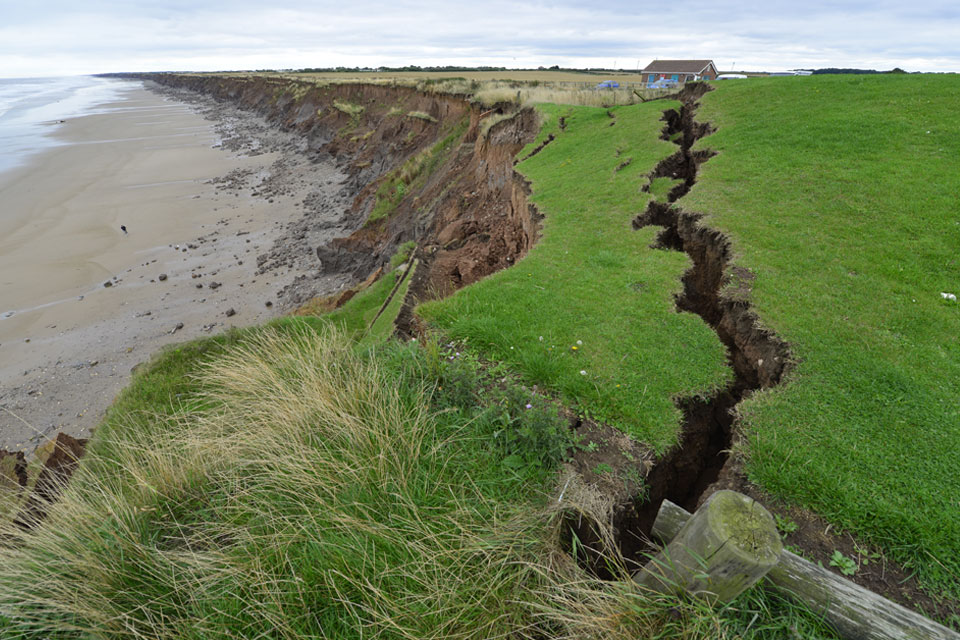
First published in 2021, the United Nations Office for Disaster Risk Reduction (UNDRR)’s International Science Council (ISC) Hazard Information Profiles (HIPs) provide a trusted source of standardised hazard information for governments, agencies, researchers and educators. The latest iteration of the profiles spans over 280 hazards, split into eight hazard groups. Over the last two years, BGS scientists Dr Julia Crummy and Prof John Rees have coordinated the review of the geological HIPs. In addition to BGS hazard specialists, the review drew on international collaborators and partners, with over 50 experts involved.
UNDRR-ISC lead a review of the HIPs every three to five years to incorporate the latest research and user needs surveys are circulated to ensure they are useful, useable and used. BGS had a key role in the introduction of multi-hazards into the latest iteration, covering situations where multiple hazards occur simultaneously, consecutively, or cumulatively. Examples include an earthquake triggering a tsunami or intense rainfall causing flooding and landslides, which can in turn lead to non-geological hazards such as health hazards and technological failures.
The updated 2025 geological profiles include a multi-hazard context section highlighting the need for consideration of hazard interactions for disaster risk management and early warning. Emphasis was placed on cross-referencing between single hazards and hazard groups, to highlight the potential interconnected relationships of many of the hazards included in the HIPs.
Coordinating the update of the geological HIPs has been an incredibly rewarding experience. We have spoken to hazard experts worldwide, strengthening existing relationships and building new ones to ensure that the profiles are the best they can be with the current state of knowledge.
Dr Julia Crummy, BGS Volcanologist
The HIPs were described as “groundbreaking” in the 2023 Report of the Midterm Review of the Implementation of the Sendai Framework for Disaster Risk Reduction 2015-2030 and continue to be widely used by intergovernmental bodies, national governments, disaster management agencies, humanitarian organisations, private sectors, and academic institutions, fostering a more comprehensive and unified approach to disaster risk monitoring, recording, and planning.
The latest Hazard Information Profiles are available through the UNDRR PreventionWeb website.
Relative topics
Related news
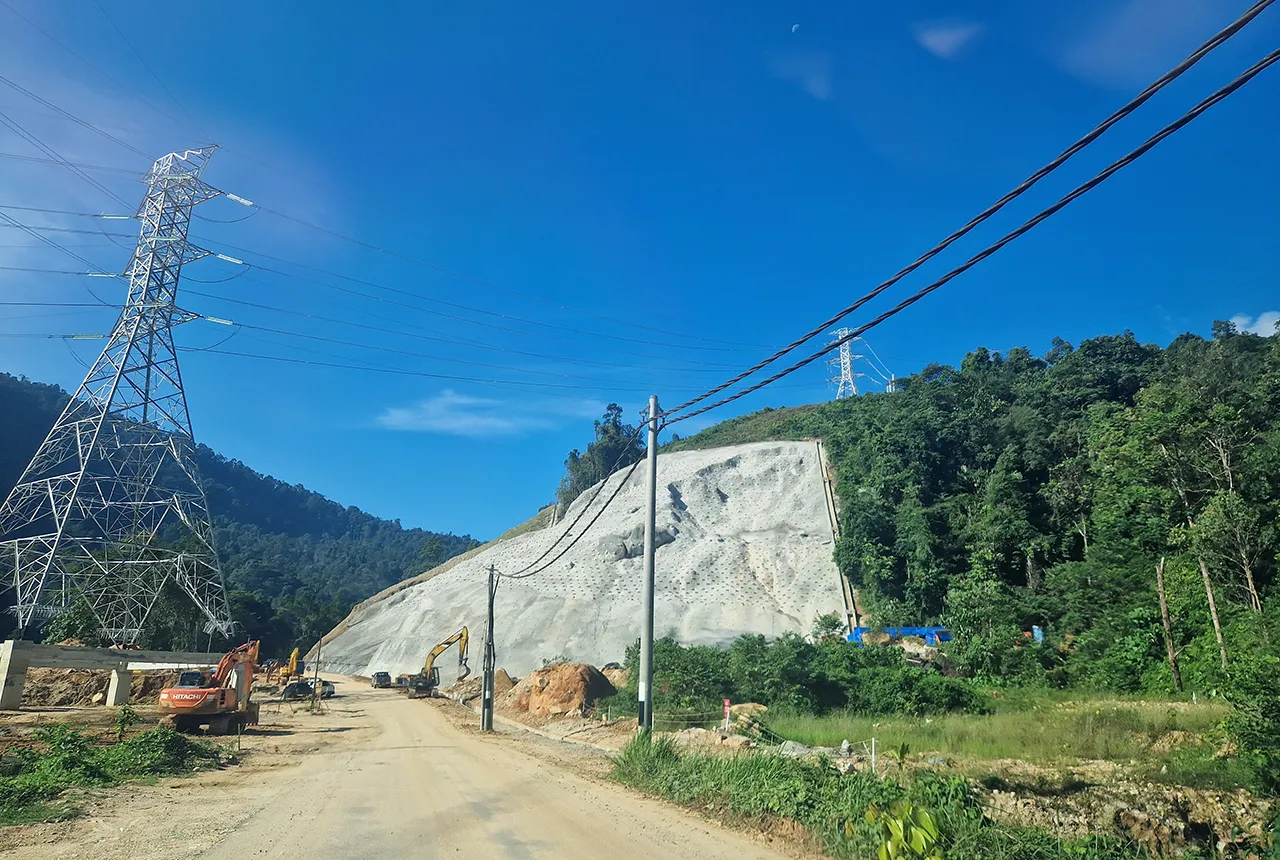
BGS awarded funding to support Malaysia’s climate resilience plan
17/12/2025
The project, funded by the Foreign, Commonwealth & Development Office, will focus on minimising economic and social impacts from rainfall-induced landslides.

UK braced for what could be the largest solar storm in over two decades
12/11/2025
Intense geomagnetic activity could disrupt technology such as communication systems, global positioning systems and satellite orbits.

New research highlights significant earthquake potential in Indonesia’s capital city
04/11/2025
Research reveals that a fault cutting through the subsurface of Jakarta could generate a damaging earthquake of high magnitude.

GSNI project wins multiple awards at RegioStars event
17/10/2025
The AGEO project enjoyed a double success at the RegioStars awards, hosted at the European Commission in Brussels.
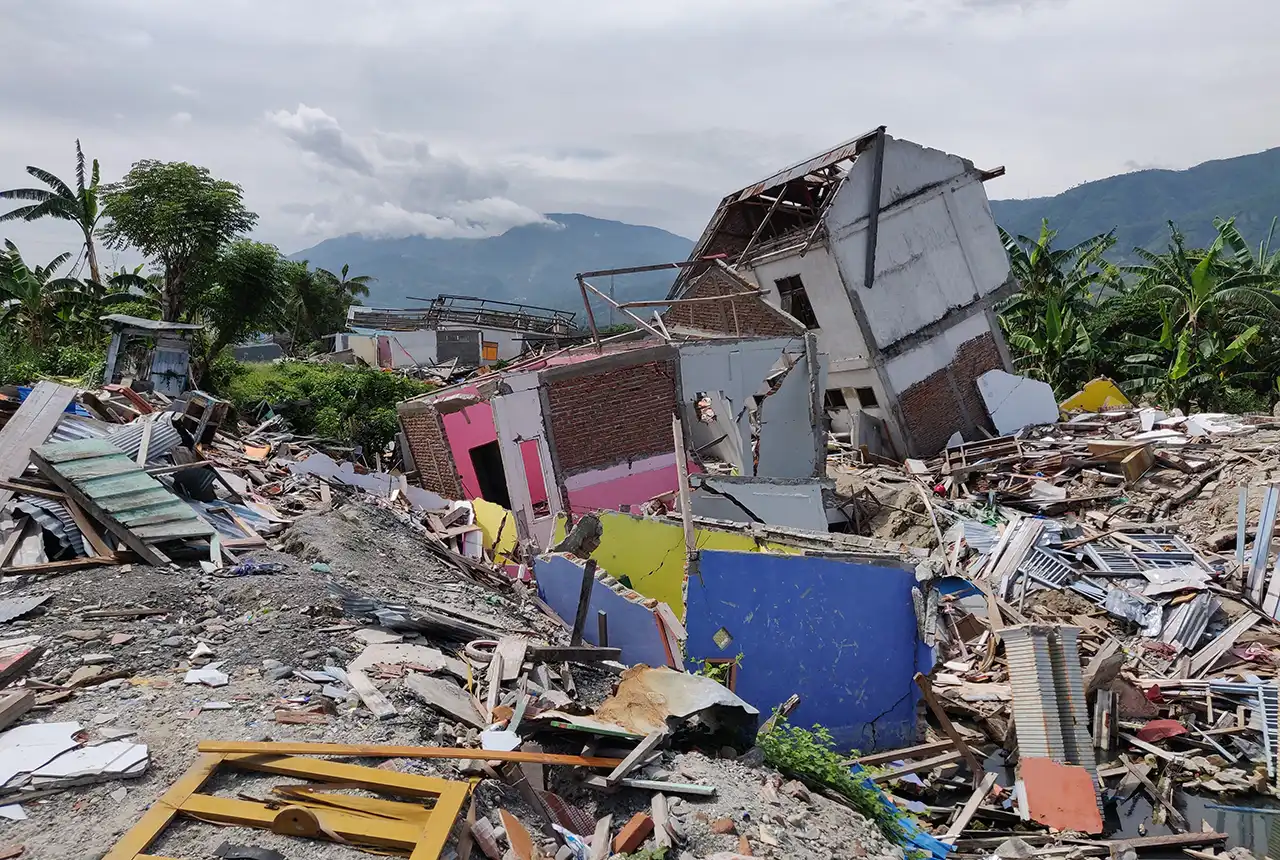
New report sets pathway to reduce the impacts of geohazards in one of the world’s most hazard-prone nations
30/09/2025
A new White Paper, co-developed by Indonesian and UK hazard experts, presents a strategic roadmap to significantly reduce the impacts of geological hazards in Indonesia.
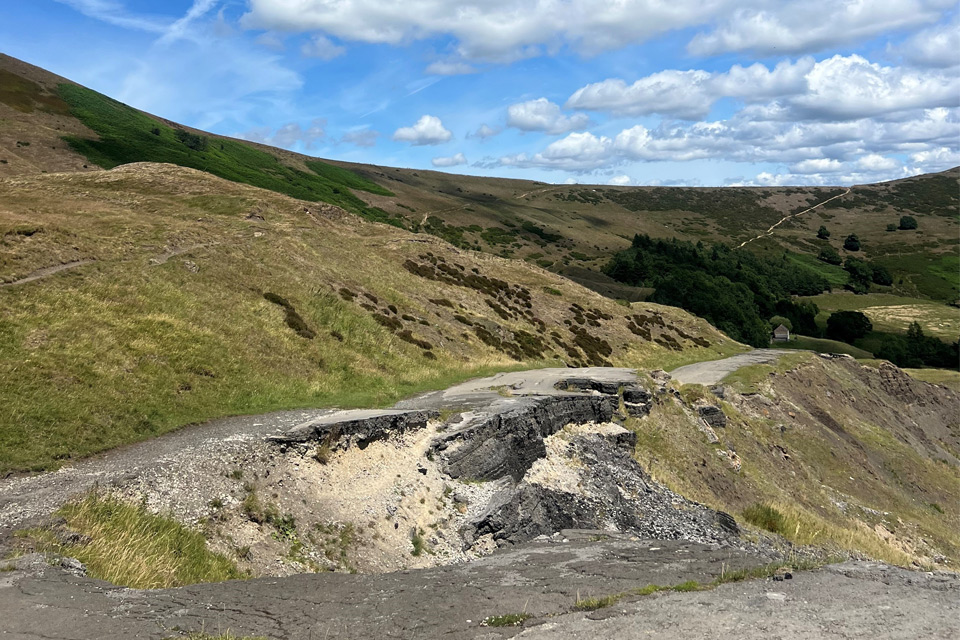
Artificial intelligence helps scientists identify 3000 moving slopes potentially at risk of landslide
25/09/2025
A new approach that combines AI and satellite data has been used by scientists to detect actively moving landslides at a national scale.

UK scientists in awe-rora as national coverage of magnetic field complete for the first time
23/09/2025
New sensors being installed across the UK are helping us understand the effects that extreme magnetic storms have on technology and national infrastructure.
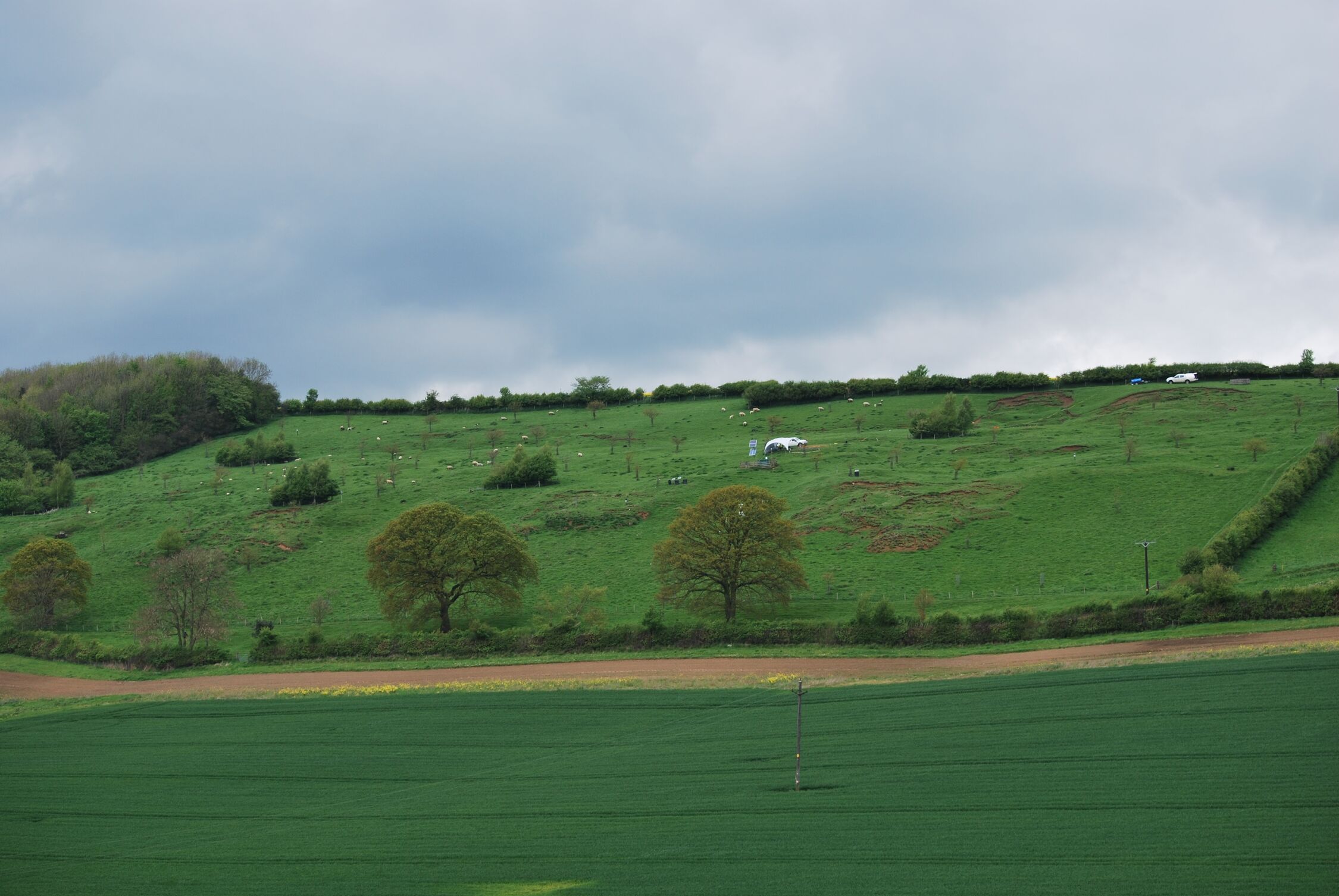
BGS-led paper scoops prestigious award
16/09/2025
New research providing earlier warnings of landslides has been awarded the British Geotechnical Association medal.

BGS scientists work with United Nations to update hazard profiles
21/08/2025
From tsunamis to sinkholes, the profiles provide a standardised, internationally agreed definition of hazards to support disaster risk management worldwide.
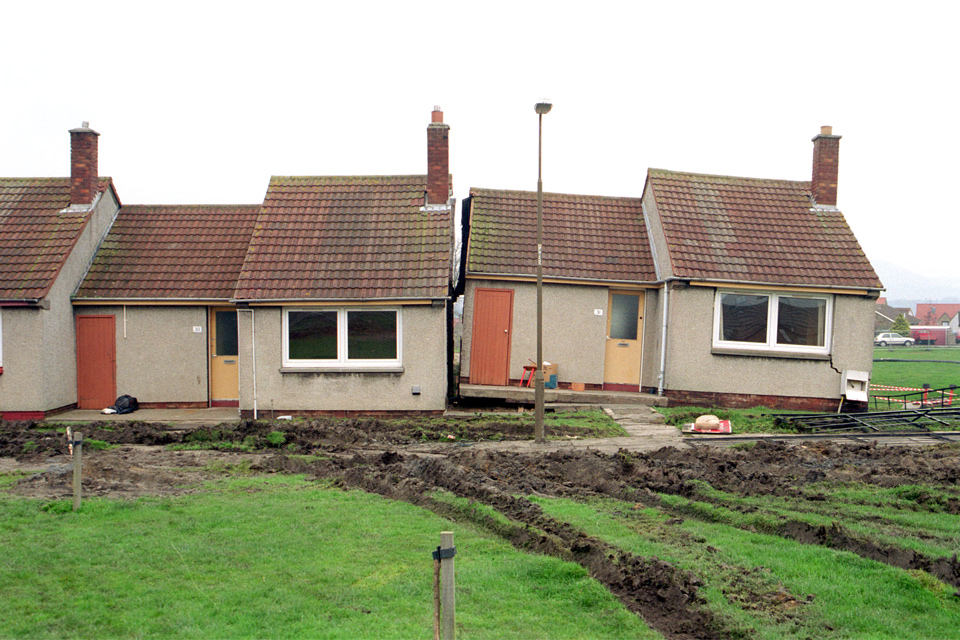
Is your region susceptible? Britain’s geohazard hotspots revealed
14/08/2025
From sinkholes to radon: new maps highlight the most geologically at-risk regions

New tool helps identify coal mine gas risk for housing developments in Scotland
05/08/2025
Scientists have co-developed a new tool for North Lanarkshire Council to help screen coal mine gas emissions prior to the development of new houses and buildings.
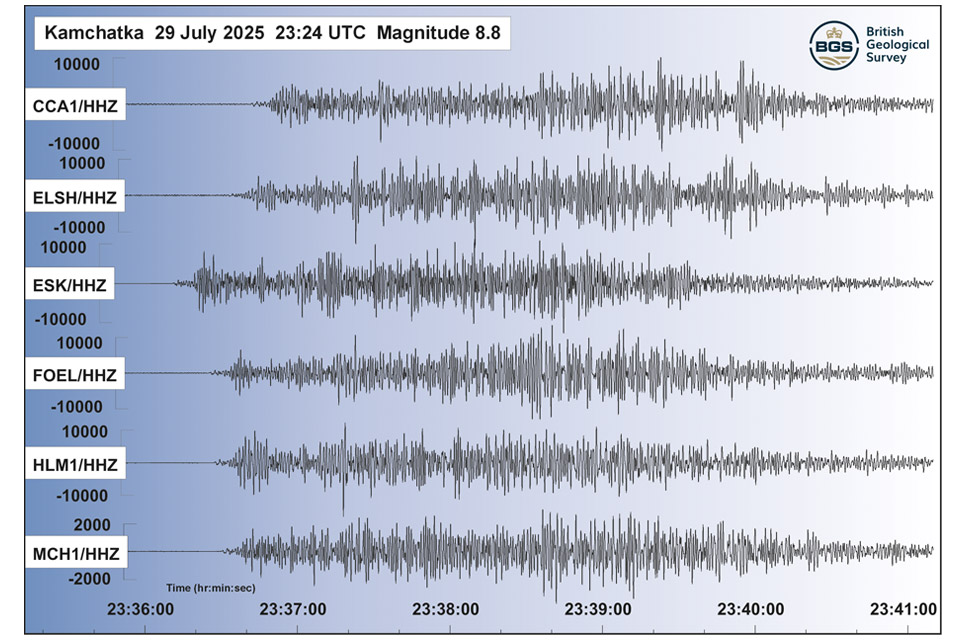
Kamchatka earthquake highlights the advances in tsunami early warning systems
31/07/2025
The response to the 8.8 magnitude earthquake in Russia has emphasised how far scientific understanding of tsunamis has come over the last two decades, and the improved mitigation measures that are now in place.



